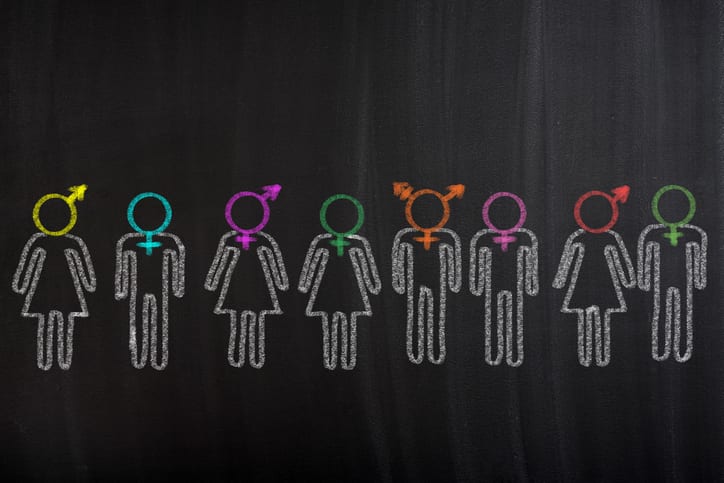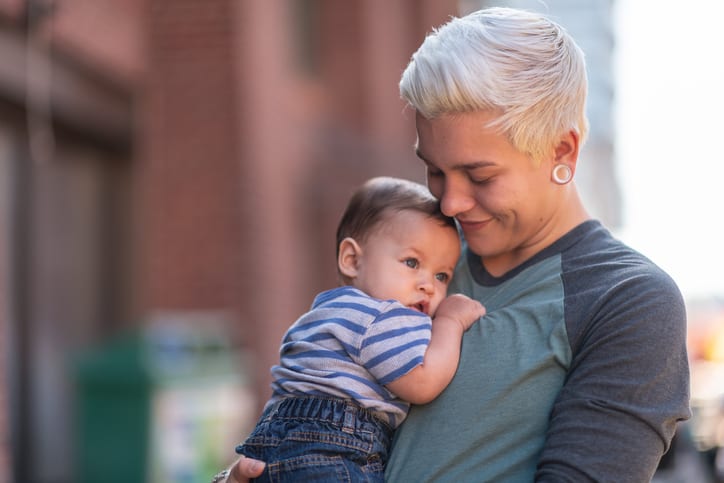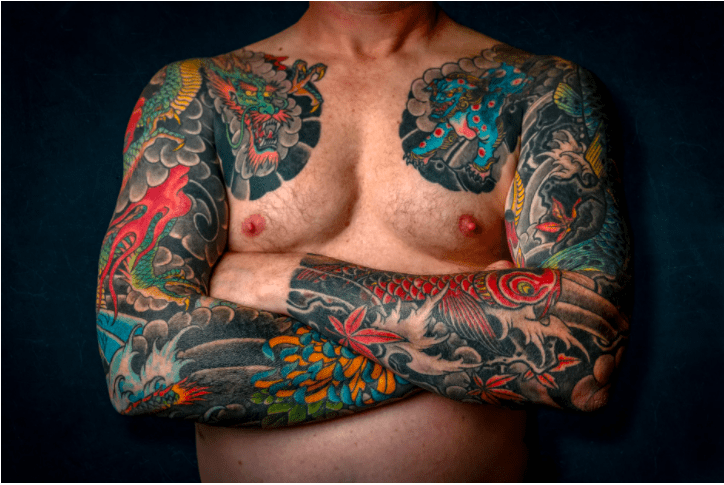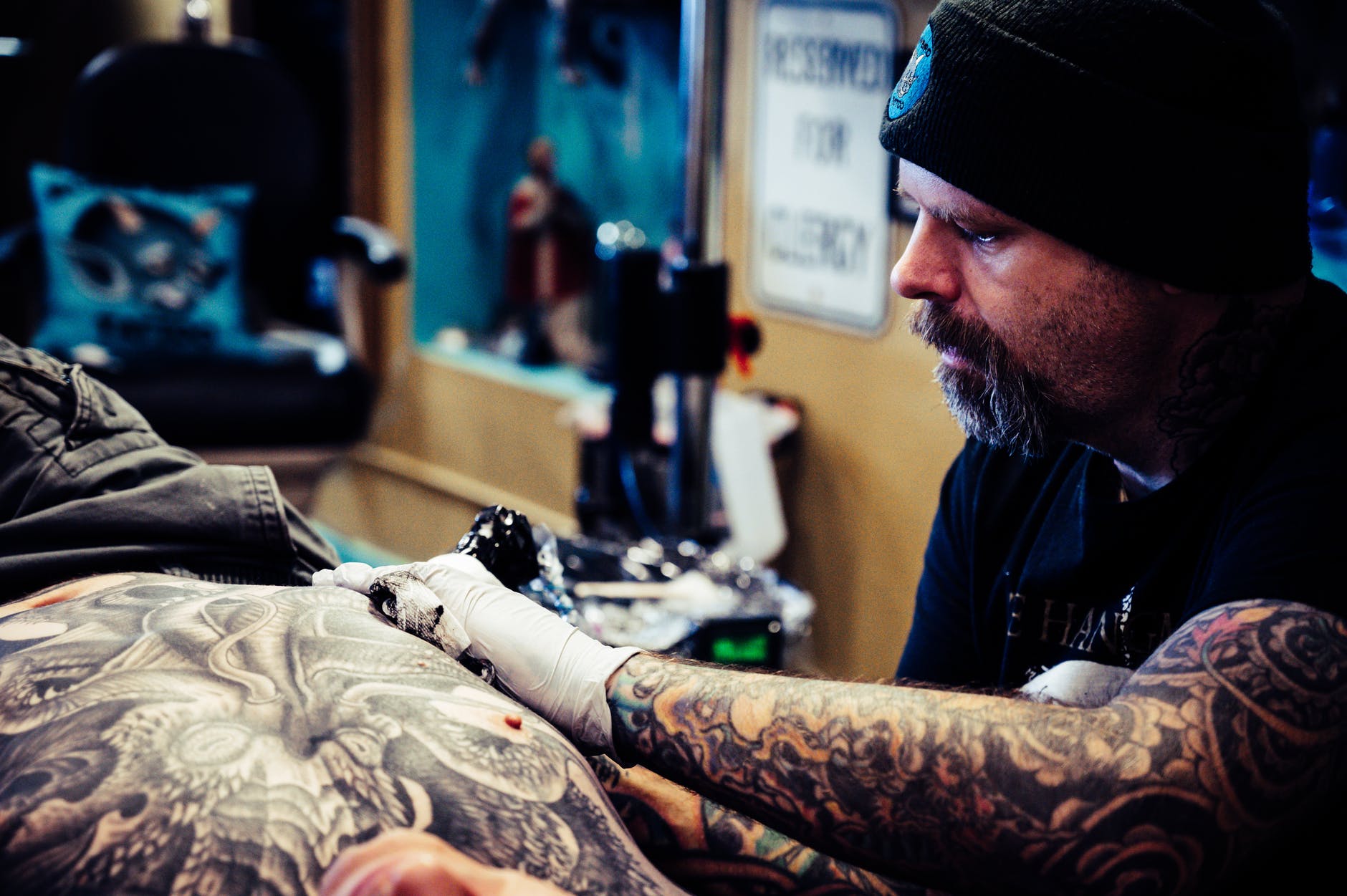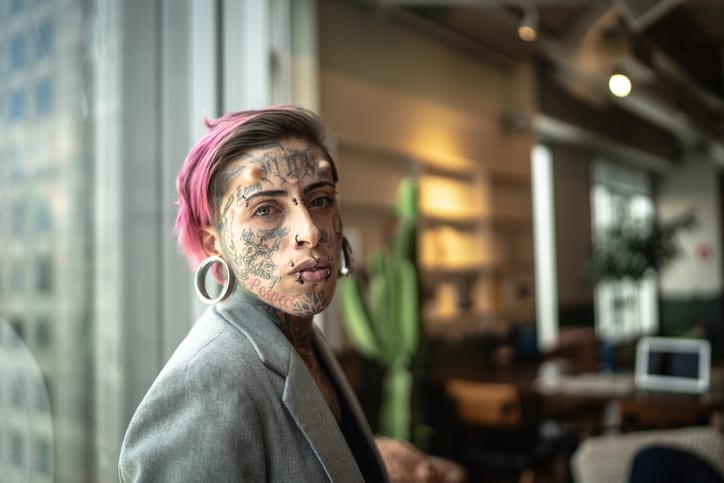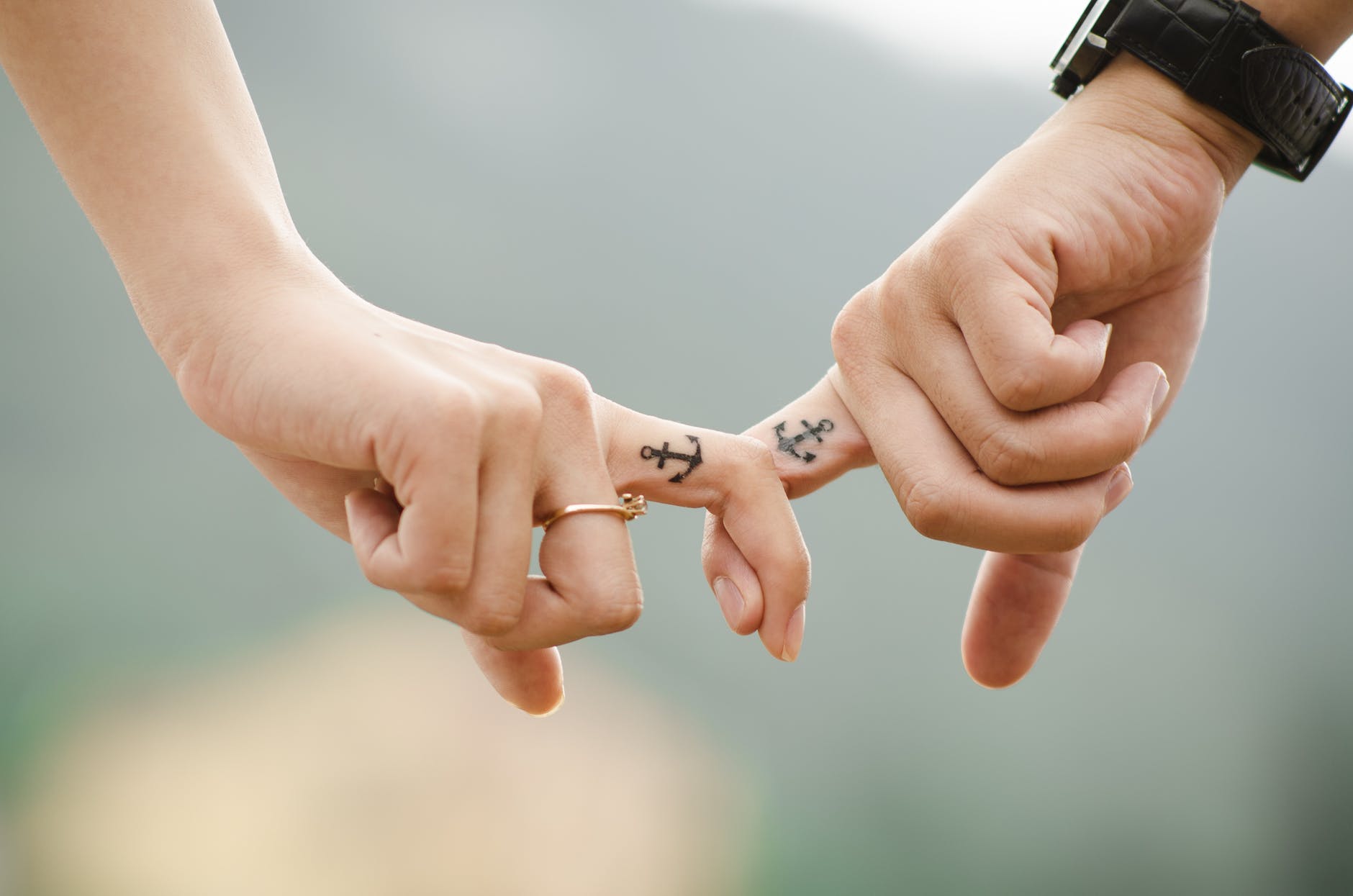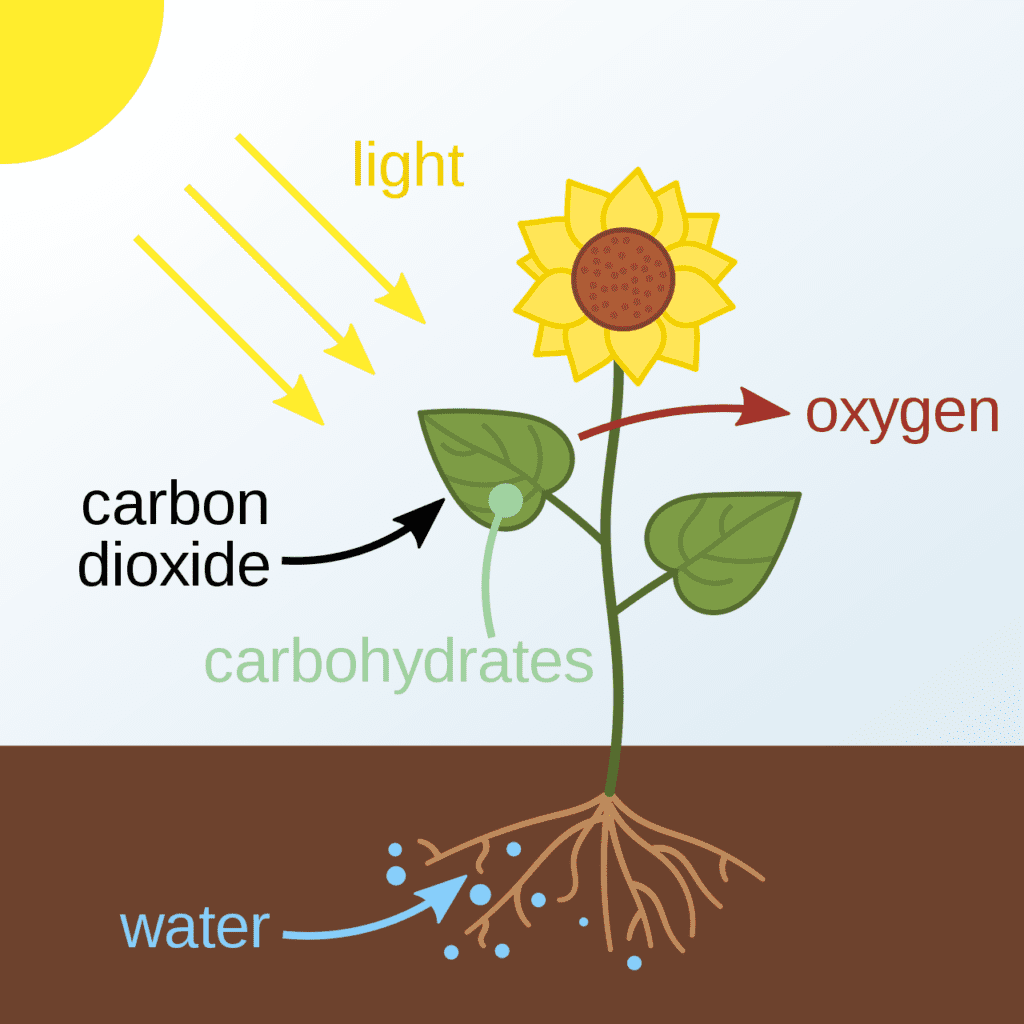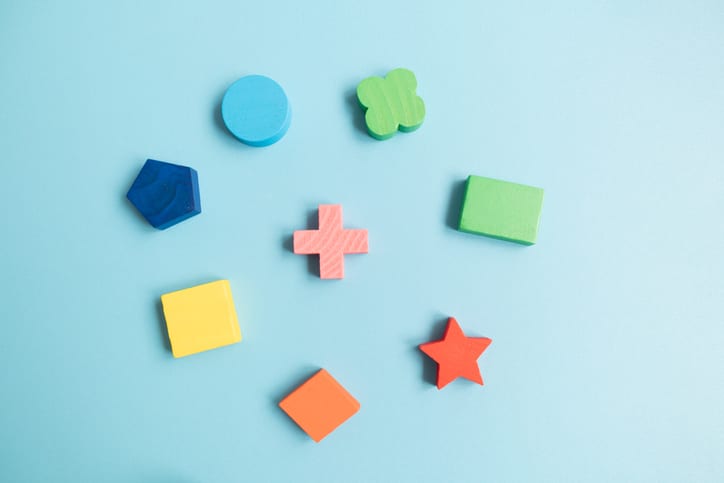There are a couple of adorable, svelte, very good boys online named Vito and Bambino.
As they’re Great Danes, these pups have no problem surveying their kingdom beyond the confines of their garden, since they can easily stand on their hind legs and look over the wall.
When they got new neighbors, though, they found they had a problem – the very good boi next door was a normal-sized dog (a Chocolate Labrador), and they couldn’t see and sniff each other according to their whims.
Guiseppe, the Lab, couldn’t meet their noses over the wall!
Vito and Bambino’s owner, Afton Tarin, told the Dodo how seeing his puppers struggle to fit in with his new friends inspired him.
“He has tried many times to jump up and get a good whiff of his big doggy friends whenever we’re all outside.
Guiseppe would furiously jump as high as he could and try to say hello. I would always say, ‘If only you had a step stool.’”
Oh, the humanity!
Then, of course, Guiseppe’s human, Robert Carnes, remembered he did have a step stool – and the rest is happy, happy history.
Robert snapped a photo of Guiseppe standing on the stool, his tail wagging too fast to be caught on film, as he sniffed and licked his new pals faces for the first time.
Afton loved the picture, calling it “so stinkin’ cute,” and said it made her feel good to see the dogs so happy to “meet” in person for the first time.
Animals are amazing, and if we let them, they can even bring neighbors together!
The post These People Got Their Dog a Step Stool So He Can Chat With Neighbor Dogs Over Garden Wall appeared first on UberFacts.
